 Throughout the pandemic, ghost kitchens have enabled many restaurant operators to keep business going behind the scenes when dining rooms were closed. But as it turns out, operators may be able to build more trust with the public if they pull back the curtain on the foods they’re preparing in ghost kitchens. According to a Datassential survey, three-quarters of consumers said they would support a local restaurant that “goes ghost” in order to stay in business. At the same time, they’re sensitive to restaurants using ghost kitchens to present multiple faces to the public: 55 percent of respondents said they think it’s dishonest for a restaurant to sell the same food under a different name and two-thirds said virtual brands should share their locations and state that they are digital-only concepts. If you operate a ghost kitchen, consider telling your customers why you’re doing it – and how it helps improve the final product they receive. Instead of turning them off, it may actually help you build trust with them. To be sure, the vast majority of restaurant operators wouldn’t want to relive the challenges of the pandemic. But it hasn’t been all bad: The past year has also stripped away the clutter and forced operators to focus on making the kinds of improvements and adaptations that kept business running. As times improve, those changes should become permanent – while other possibilities should be considered with a more wary eye. Here are five key pandemic-era changes to embed in your operation (if they aren’t already permanent): Be transparent with your guests – about the origins of the food you serve and how you protect consumer safety – and make those elements central to your brand. Keep your menu simple to enable you to more flexibly manage your inventory and waste. Harness data to help you stay current about customer preferences, supply-chain challenges and areas of your business that are generating excess costs. Find ways to offer a personal touch while allowing guests to minimize physical contact with surfaces and other people – whether they are using your restroom or paying for their order. Finally, embrace structures that will allow you to be more nimble in the future. That could mean having a real estate footprint that can easily adapt to different service models, or adopting technology that allows you to more easily scale up and scale down your staffing based on changes in the weather.
Recently the long-anticipated “second wave” of COVID-19 cases was spurring an indoor dining ban in Chicago, leading to talk of heightened restrictions in the U.S., and bringing back lockdowns in Europe. At a time when COVID fatigue has set in and we’re all eager to congregate again, restaurant operators are in the difficult and pretty impossible position of being arbiters of public safety. Unfortunately, the colder air will make virus transmission even easier than it has been to date: As reported in the Oregonian, Dr. Emily Landon of the University of Chicago medical school said colder air is drier and the droplets that transmit the virus become smaller – so removing masks to eat and drink poses extra safety risks. Instead of pouring your creativity and resources into building a safer outdoor dining area to sustain you in the months ahead, you will likely be better served by going all-in on perfecting your off-premise offerings right now. Think back to how you operated in the early weeks of the pandemic and focus on doing those things again and better. People may be less comfortable eating out for the next several months but they will still need to eat – and the public has become more educated about the low risk of COVID transmission on packaging. Your off-premise menu can help bring some festivity and normalcy to life in these strange times.
In these shaky times for the restaurant sector, many operators are facing steeply lower guest counts and cancelled catering orders as the spread of the coronavirus – as well as fear about its spread – continues to grow. In light of that, there may be some actions you can take to ease the concerns of guests and keep business coming in over the next couple of months. First, these are times when your email list may prove its worth. Contact your customers and share what you have done in recent weeks to help ensure your restaurant is a safe place to dine – talk about your efforts to enhance your standard cleaning and sanitizing procedures, as well as more recent steps you may have taken, such as replacing your buffet with an à la carte menu, monitoring employee health more vigilantly, increasing the distance between tables or limiting seating. Promote your delivery and the precautions you are taking with it – from packaging food more securely or accommodating no-contact food drop-offs. Share similar messages on your website, voicemail system and social media. This is a time when people are becoming more community-minded and are making a concerted effort to look out for people who are at risk – if you have stories about how your employees are helping people in need right now, share them. Finally, look to other income streams – if you sell merchandise such as packaged food products or gift cards, market those items now and partner with other organizations that might cross-promote them with their own products. You can believe that once fears over the virus have subsided, people will be eager to get out of their houses and gather with friends over food and drinks. Plan now to be part of the comeback.
One of the biggest restaurant industry stories – and challenges – of 2019 was about sustainability. Even brands that had taken the initiative to invest in compostable, eco-friendly packaging were surprised to learn that these materials were still ending up in landfills. Blue Bottle Coffee, which operates coffee cafés across the U.S. and parts of Asia, is one such business, and it is handling the problem in a way that’s worth watching if you’d like to improve your record (and story) when it comes to sustainability. Blue Bottle Coffee’s CEO, Bryan Meehan, recently announced that since discovering that too many of its 100 percent compostable, bioplastic cups and straws were ending up in landfills, the company created a policy that by the end of 2020, all of its U.S. cafés will be zero waste. (According to Zero Waste International Alliance’s definition, this means that at least 90 percent of the operation’s waste will be diverted from landfills.) The company is also testing out a program in the San Francisco Bay area to eliminate single-use cups – until now the company has gone through 12 million single-use cups annually in its U.S. cafés alone. Meehan also pushes a commitment to not only recycle but to reduce and reuse – and tells stories about his family’s efforts in these areas. He readily admits that it’s not an easy, inexpensive or convenient undertaking to make similar changes at Blue Bottle. He says on the company’s blog, “a commitment to reuse will wreak havoc on every aspect of our pilot cafe’s operations. We expect to lose some business.” But by taking an extreme stand and being open with consumers about its plans, the company also stands to increase its relevance – and win business in the process.
The single-use plastic toys that have long been associated with children’s meals at brands including Burger King and McDonald’s could soon be part of restaurant history. As the New York Times reported recently, Burger King has pledged to eliminate all non-biodegradable toys in its restaurants worldwide by 2025, and efforts are already underway in Britain to collect old toys from customers, then melt and recycle them into playground equipment and tray tables. While McDonald’s hasn’t gone that far as yet, it has scaled back its distribution of plastic toys in markets beyond the U.S. and has also launched an effort to reduce the impact of its toys. When you look at your brand, are there areas where you could be more environmentally friendly – with both your children’s meal giveaways and beyond? J. Ottman Consulting, an environmentally focused marketing firm, runs a community website called WeHateToWaste.com, where consumers can weigh in on how restaurants can adjust their practices to minimize waste and enhance their brand as it relates to the environment. For one, consumers see oversized portions as a waste and appreciate flexible (or shareable) portion choices and prices, which can also help broaden the appeal of a dish to seniors or other guests who are watching their diets or aren’t looking for large servings. Next, rethink any all-you-can-eat branding, which makes waste inevitable. If and when guests ask to take food home, make it easy for them by offering eco-friendly packaging that also includes instructions for reheating leftovers and keeping them fresh – or incentivize those who take the initiative to bring their own to-go containers. Your efforts may play a role in their decision to choose your restaurant over another.
Your guests want to know exactly what they’re eating: A recent Nielsen global sustainability survey found that 67 percent of consumers would like to know everything that goes into the foods they eat. In the U.S. specifically, 46 percent of consumers say claims about food products have a direct impact on their buying decisions. So the origins of the food you serve, as well as the language you use to describe it, are heavily influencing your guests’ decisions about whether or not to purchase an item from you. So how do you improve upon your current efforts to enhance transparency? Study your existing supply chain and ensure you understand the direct sources of your ingredients, as well as the labels your suppliers use, from “organic” to “all-natural” so you can explain them when asked. As Webstaurantstore advises, your menu should list ingredients, mark common allergens and highlight locally or ethically sourced foods. If asked, you should be able to provide nutritional information in your restaurant or online. (Food Safety Magazine advises you verify nutritional information with a third party whenever your information is more than a year old or if you have changed suppliers or ingredients.) Identify substitute suppliers who can help you improve upon certain areas of your supply chain – and determine if and how much you need to raise menu prices to compensate for the difference without alienating your guests. You may need to introduce new dishes to offset ingredient changes you need to make to your core menu. Finally, educate your guests about the changes you are making and why – and take pride in them on your menu. Your guests want you to outline your supply chain for them and use brand names and labels to identify the ingredients they will be consuming. Their input may even be helpful to you as you make gradual menu improvements on a continuous basis.
Restaurant operators may feel pressured to minimize their food waste. But eliminate it? It’s a lofty goal but one that Henry Moynihan Rich, owner of the hospitality company Oberon Group, aimed to take on in an effort to become a model for restaurants looking to minimize or eliminate waste, GrubsStreet reports. Brooklyn’s Rhodora Wine Bar, formerly named Mettā, has adopted such practices as ordering wine in compostable boxes, eliminating liquor brands that don’t use recyclable caps, using a dishwasher that uses electrolyzed water that requires no soap, sourcing cheeses with edible rinds, eliminating paper receipts and sending used wine corks to a non-profit called ReCORK that turns corks into shoe soles. Any food left on guests’ plates will be fed into a large composter. Consumer waste from restrooms is collected in containers from TerraCycle, a company that collects and recycles items that are difficult to recycle elsewhere.
Restaurant take-out supplies comprise a large percentage of the waste that ends up in oceans and landfills. Beyond limiting your single-use plastic, particularly the black plastic that research has confirmed is hazardous not just to the environment but also to human health, there are steps you can take to scale back your waste and to send the message to guests that you care about the environment. Start by conducting a waste audit so you have a clear picture of which menu items, packaging and office supplies generate the most waste, then adjust portion sizes and purchase orders accordingly. Buy non-perishable items in bulk if possible and use suppliers who can provide recyclable products and use less packaging on the items you purchase. Make extra napkins, straws, lids and other paper goods available upon request only. Finally, minimize the paper you generate by asking guests if you can email or text their receipt instead of printing it.
Your sustainability efforts could soon be visible front and center for people considering your restaurant for their next meal. Yelp just unveiled its Green Practices Initiative in an effort to help consumers understand how restaurants approach sustainability. Yelp reviewers will now be asked if in their experience a restaurant uses plastic bags, utensils or straws, compostable takeout containers, and whether or not the restaurant offers a discount to guests who bring their own beverage containers. The results won’t be visible immediately but will gradually build a trove of data that will eventually be included in Yelp’s restaurant reviews.
|
Subscribe to our newsletterArchives
April 2024
Categories
All
|


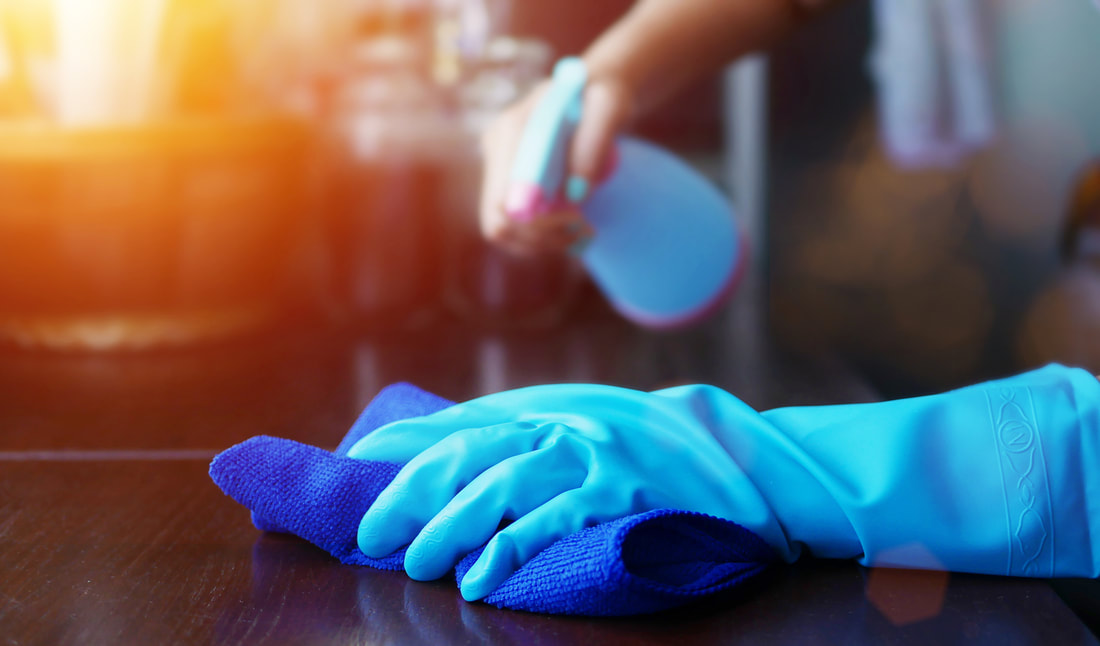
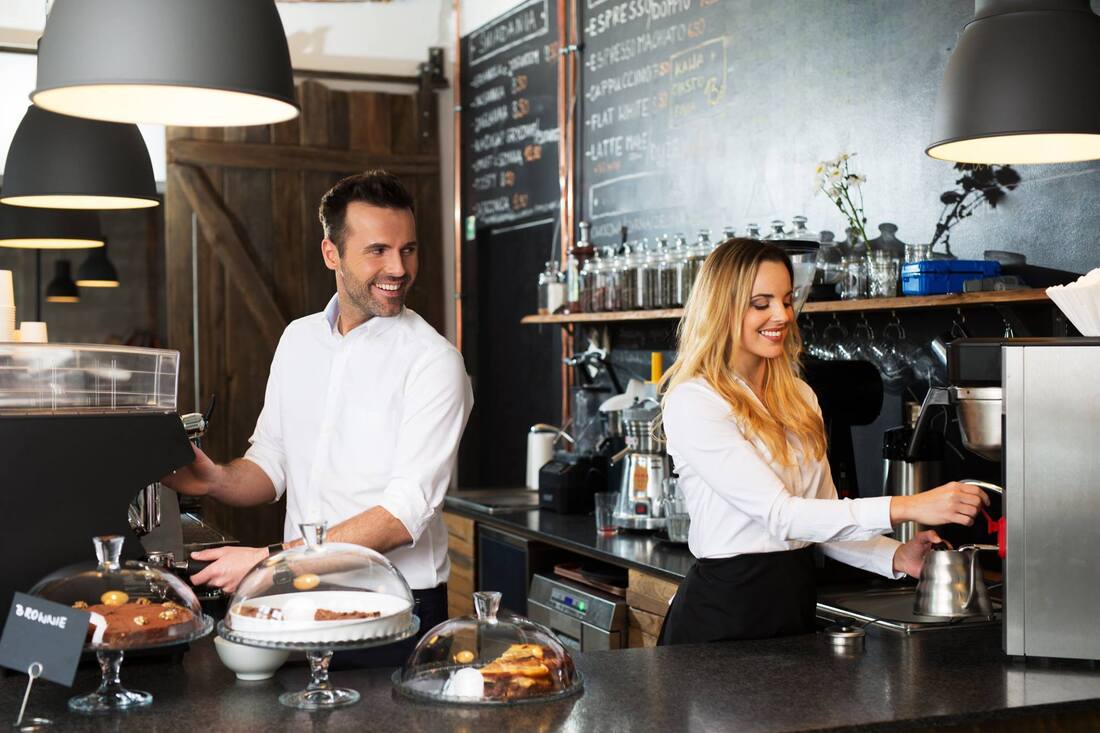

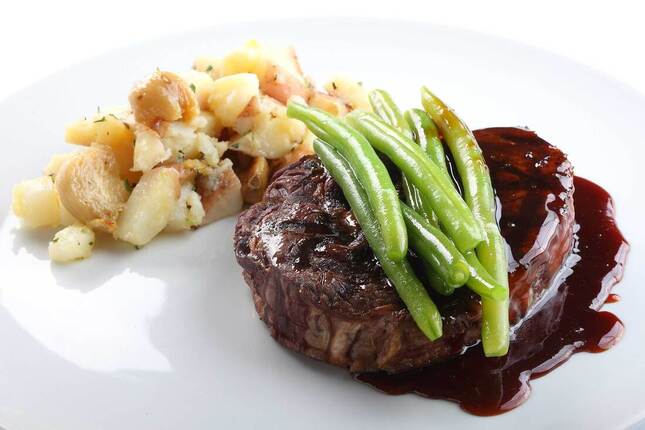
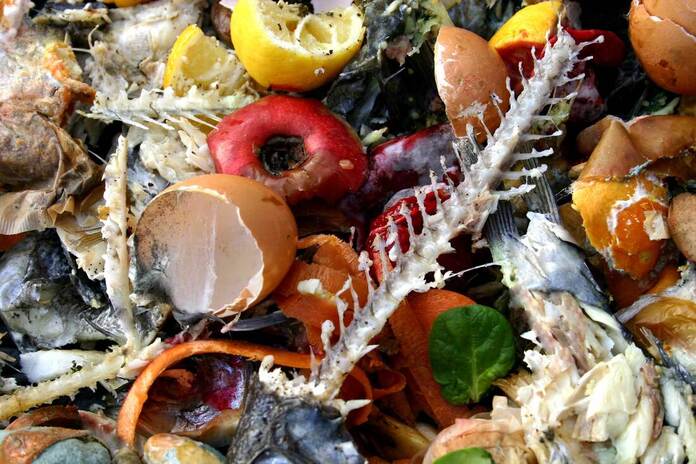
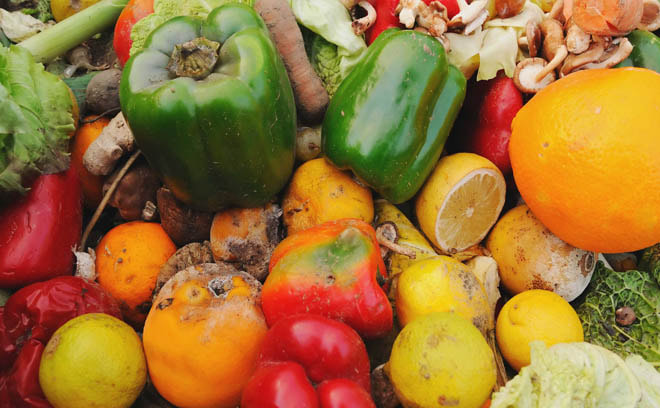
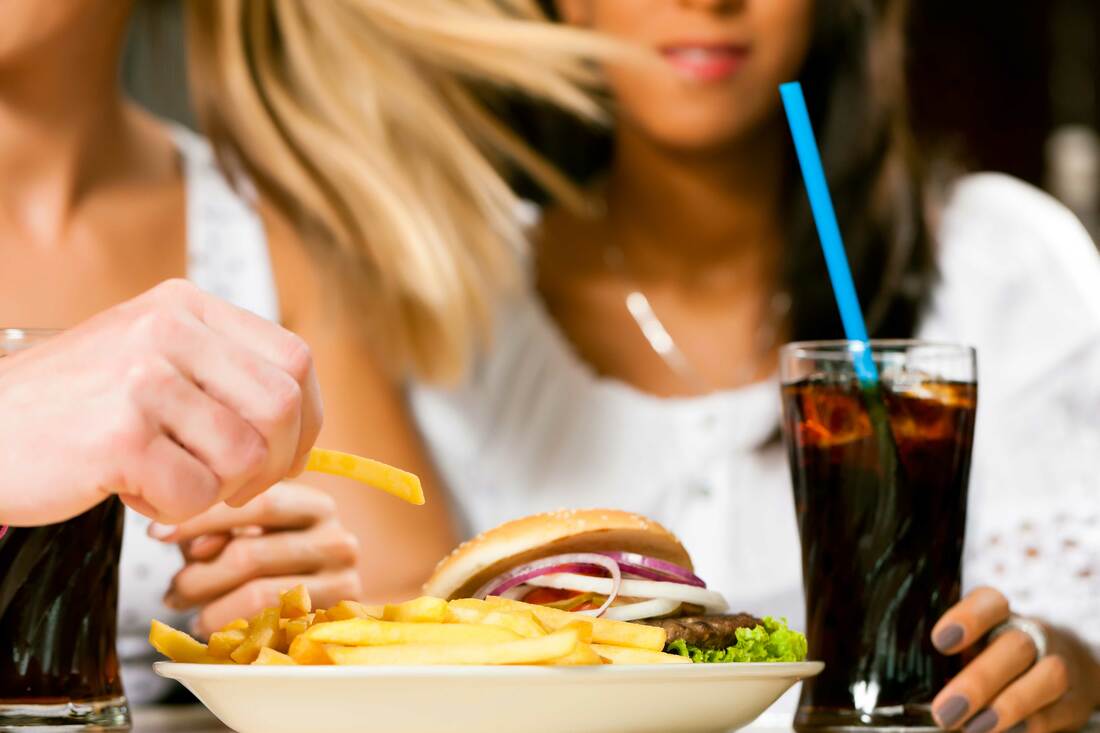

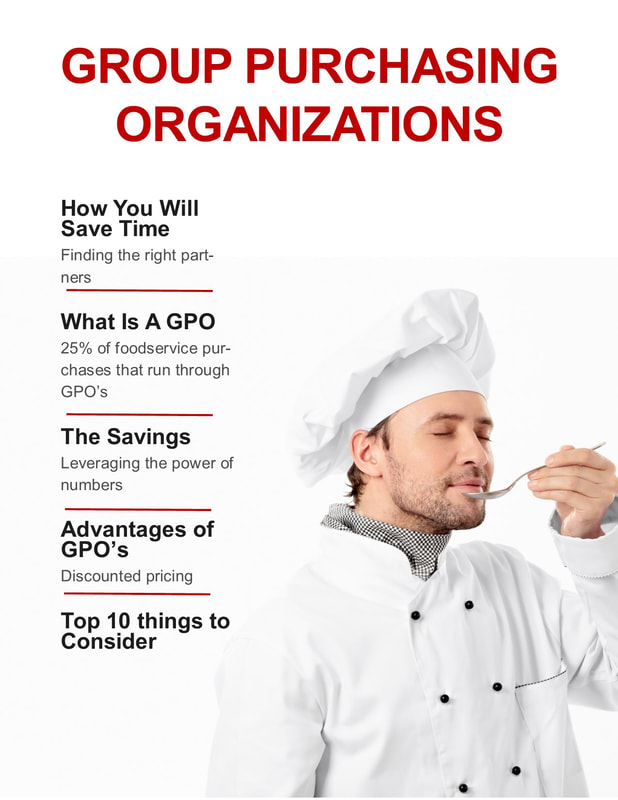

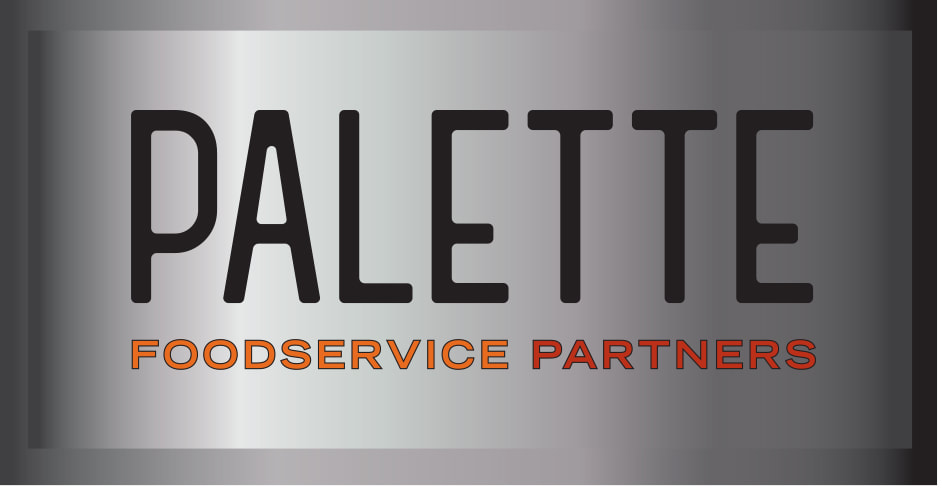
 RSS Feed
RSS Feed